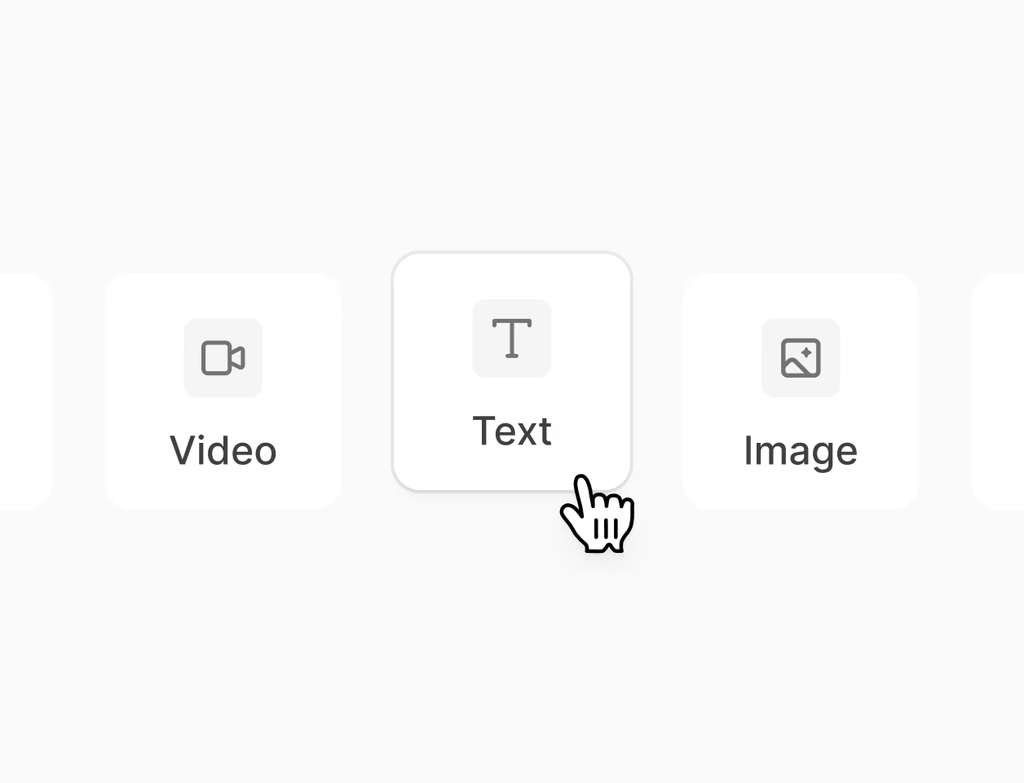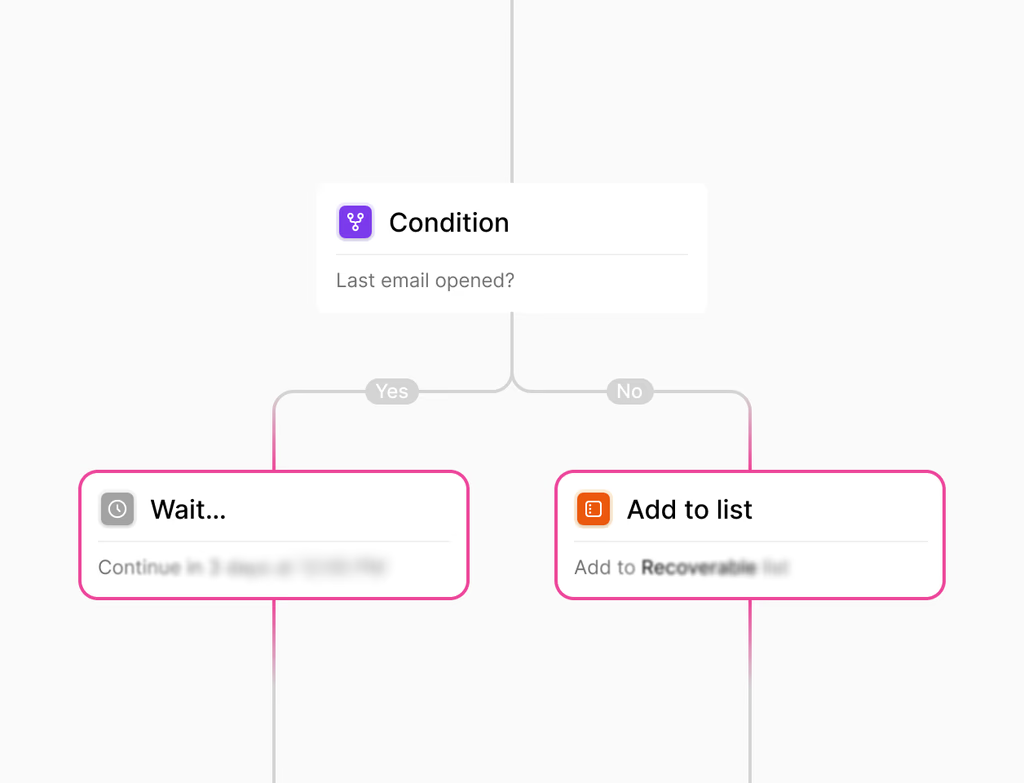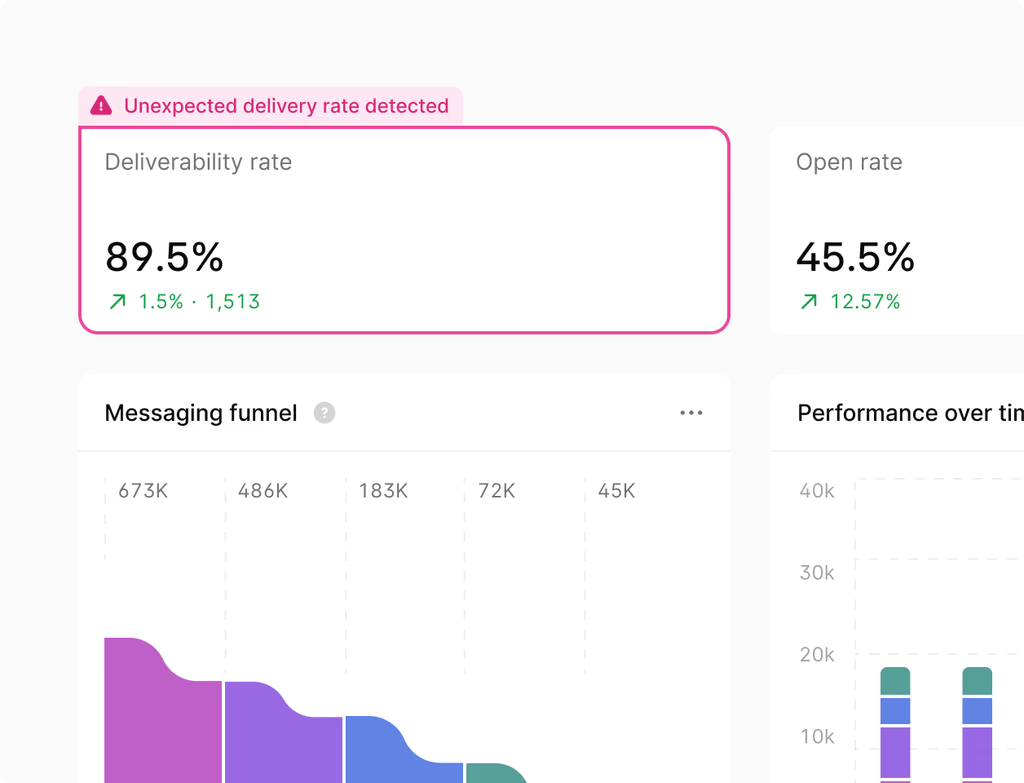How does the Customer Agent drive marketing engagement and generate leads?
The Customer Agent is specifically designed to maximize marketing efforts by interacting with website visitors immediately and effectively. It captures visitor interest using proactive and contextual conversations based on where the visitor is on your site. This allows the Hoop platform feature to guide them toward relevant information and resources that address their specific needs.
It acts as a 24/7 engagement layer, converting passive traffic into valuable, sales-ready leads. By performing structured intake and collecting required contact information or account details, the agent ensures that your sales team receives high-quality leads with comprehensive context for a smooth follow-up.
What sources does the AI Customer Agent use to provide accurate answers?
The Customer Agent maintains accuracy by exclusively grounding its responses in your approved, trusted knowledge base. This commitment means that every answer is cited and comes directly from your authoritative documents.
To ensure content is always current, the feature incorporates automatic sync capabilities. New or updated content is quickly ingested so that all agent responses reflect your latest guidance, pricing, and policies. Sources include:
- Approved knowledge base articles
- Product documentation and guides
- Official company policies and FAQs
Which pricing plans include access to the advanced Customer Agent feature?
The Customer Agent feature is available across multiple service tiers offered by Hoop, ensuring that businesses of various sizes can leverage its capabilities. To access the full range of features, customers generally need to subscribe to one of the more comprehensive plans.
The feature is offered on the following plans:
- Core plan
- Pro plan
- Enterprise plan
Usage limits and specific advanced capabilities, such as complex workflow triggers or extensive CRM integration depth, often scale with the chosen plan. Customers on the Enterprise tier receive the highest limits and customization options for deployment.
Can the agent perform tasks or trigger automated workflows for customers?
Yes, the Customer Agent is highly capable of moving beyond simple question answering to perform direct actions, which significantly enhances self-service capabilities. This functionality is crucial for solving common customer issues instantly without human intervention.
For authenticated users, the agent can initiate approved, back-end flows based on the conversation's context. This dramatically reduces the need for manual agent work. Actions that the Hoop agent can trigger include:
- Initiating product returns or exchanges
- Performing password resets or account lockouts
- Processing refunds or issuing service credits
- Scheduling appointments or demonstrations
How does the Customer Agent handle language and contextual awareness?
The agent is built with context awareness and multilingual readiness to provide highly personalized interactions. Contextual awareness allows it to tailor guidance based on specific customer data pulled from your existing CRM.
This includes details such as their subscription plan, geographic region, lifecycle stage, and specific product ownership. Furthermore, the agent is multilingual ready. If localized articles are available in your knowledge base, the Customer Agent can automatically detect the customer’s language and respond using the corresponding localized content, ensuring seamless global support on the Hoop platform.
What metrics and dashboards are used to measure the agent's performance?
Success is measured through comprehensive analytics provided via intuitive dashboards, helping teams quantify the agent's impact and identify areas for content improvement. These metrics focus on efficiency, customer satisfaction, and content quality.
Key performance indicators that the Hoop platform monitors include:
- Deflection and containment rates, broken down by topic.
- Answer quality feedback loops to flag knowledge gaps.
- Time-to-first-response and total resolution time.
- Customer Satisfaction (CSAT) scores.
These data points help teams understand what percentage of inquiries are resolved without human agents, allowing for continuous refinement of both the AI logic and the underlying knowledge base content.



.avif)





